Can we live on mars?
Terraforming Mars: The Audacious Dream of Making the Red Planet Habitable
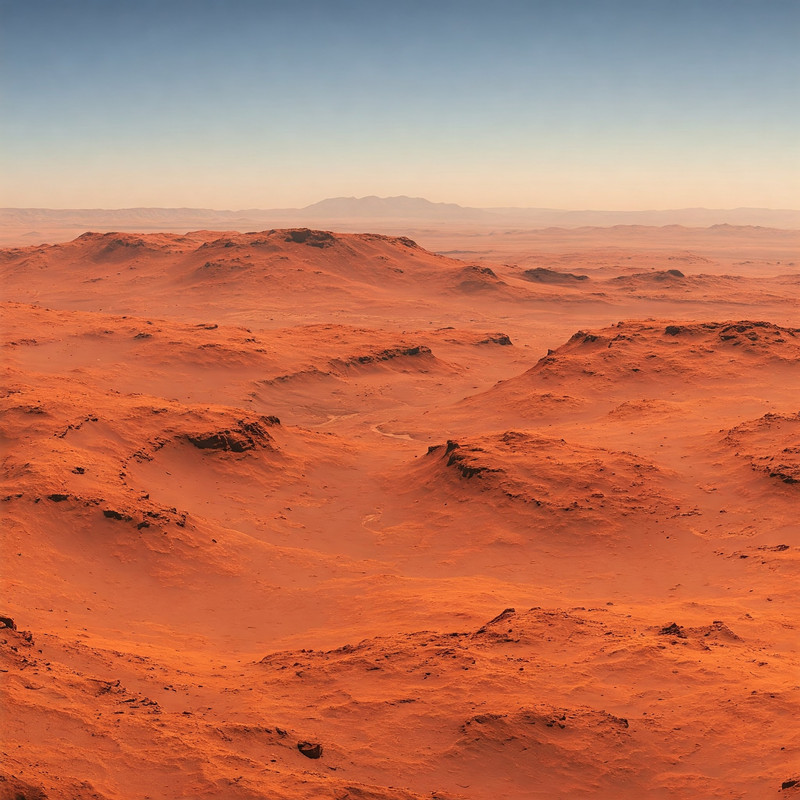
Terraforming Mars—the ambitious endeavor to transform the Red Planet into a second Earth—is no longer confined to the realms of theoretical science fiction. It's a profound scientific inquiry actively being explored by leading researchers, visionary engineers, and space agencies worldwide. As our home planet, Earth, grapples with increasing environmental degradation, resource depletion, and growing population pressures, Mars stands as humanity's most compelling candidate for an off-world sanctuary and a testament to our species' relentless drive for expansion and survival.
What is Terraforming? A Vision of Planetary Transformation
At its core, terraforming is the hypothetical process of deliberately altering the environment of a celestial body to make it suitable for Earth-like life, particularly human habitation. In the context of Mars, this monumental undertaking would involve a series of complex and interconnected steps: systematically increasing the planet's average temperature, significantly thickening its thin atmosphere, and crucially, introducing liquid water and breathable oxygen. The ultimate goal is to create a self-sustaining biosphere where plants and eventually animals could thrive, much like on Earth.
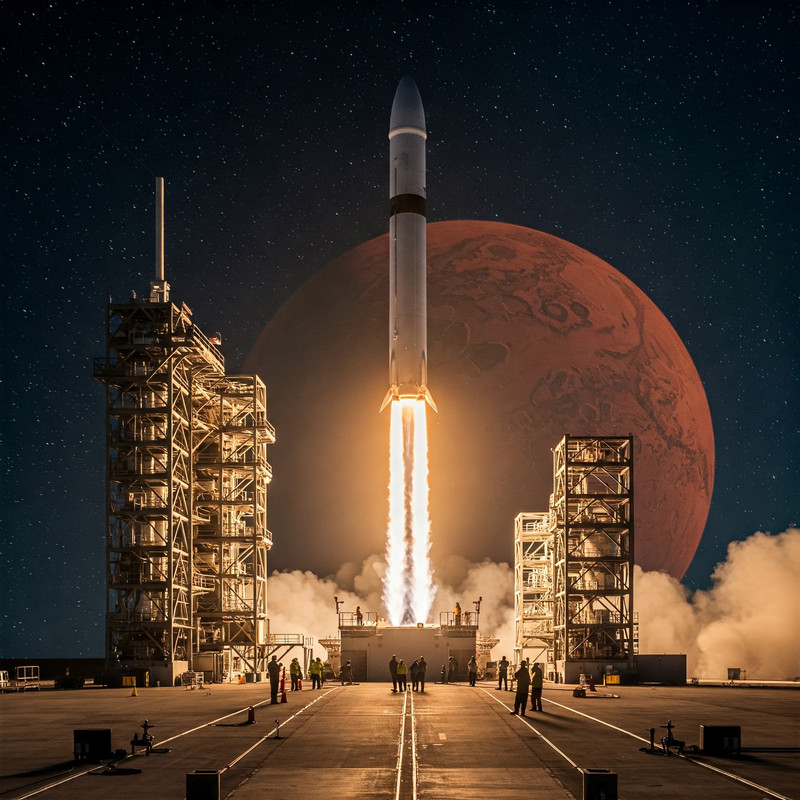
The Formidable Challenges in Terraforming Mars
Despite the allure, Mars presents a hostile environment that poses immense challenges to any terraforming effort. Overcoming these natural barriers requires unprecedented technological innovation and resources:
- Lack of a Global Magnetic Field: Unlike Earth, Mars lost its protective global magnetic field billions of years ago. This leaves the planet's surface constantly exposed to harmful solar radiation and cosmic rays, which would strip away any newly formed atmosphere over time and pose severe health risks to living organisms.
- Thin Carbon Dioxide Atmosphere: Mars's current atmosphere is extremely thin, with a surface pressure less than 1% of Earth's. While it's primarily carbon dioxide, there isn't enough of it readily available in gaseous form to create a significant greenhouse effect without liberating more from the polar caps and regolith.
- Extreme Cold: The average temperature on Mars is a frigid -63°C (-81°F). Any introduced liquid water would quickly freeze or sublimate unless the planet is significantly warmed.
- Absence of Stable Liquid Water on the Surface: Due to the low atmospheric pressure and extreme cold, liquid water cannot currently exist stably on the Martian surface. It either freezes instantly or boils away through sublimation.
- Perchlorate Contamination: The Martian soil contains toxic perchlorates, which would need to be neutralized or managed before large-scale agriculture could begin.
- Gravity Differences: Mars has only about one-third of Earth's gravity, which could have long-term effects on human physiology and plant growth.
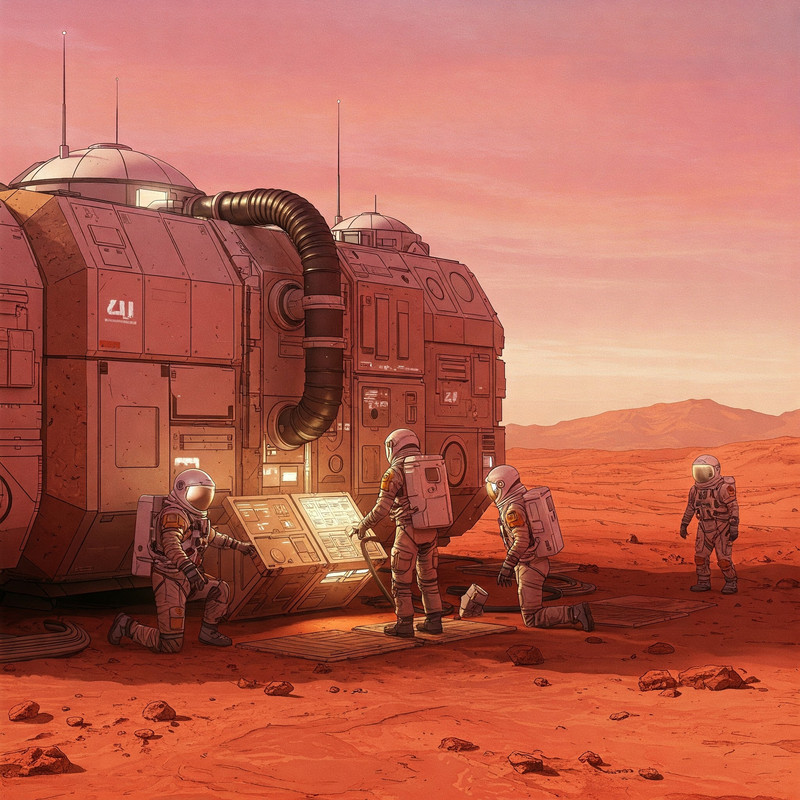
Promising Methods and Pioneering Technologies
Scientists and engineers are actively exploring various audacious strategies to address the Martian challenges and kickstart the terraforming process:
- Inducing a Greenhouse Effect:
- Using Greenhouse Gases: Introducing powerful artificial greenhouse gases (e.g., perfluorocarbons or chlorofluorocarbons) into the Martian atmosphere could trap heat and begin a warming trend, releasing more CO2 from the polar caps.
- Deploying Orbital Mirrors: Giant orbiting mirrors could reflect concentrated sunlight onto specific regions of Mars (like the polar caps) to vaporize frozen CO2 and water ice, contributing to atmospheric thickening and warming.
- Liberating Martian Water: As temperatures rise, the immense reserves of water ice locked beneath the surface and in the polar caps would melt, forming liquid water bodies and potentially leading to a hydrological cycle. Redirecting ice-rich asteroids to impact Mars is another, albeit highly speculative, idea.
- Creating a Protective Magnetosphere: While recreating Mars's natural magnetic field is beyond current capabilities, one radical proposal involves deploying a large, powerful magnetic dipole field at Mars's L1 Lagrange point. This artificial "magnetic shield" could deflect solar wind, allowing the atmosphere to build up over millennia without being stripped away.
- Introducing Pioneer Life Forms: Once basic conditions are met, extremophile microbes, algae, and lichens, resilient plants (e.g., genetically engineered versions), would be introduced. These organisms could gradually break down harmful compounds, enrich the soil, and produce oxygen through photosynthesis, laying the groundwork for more complex ecosystems.
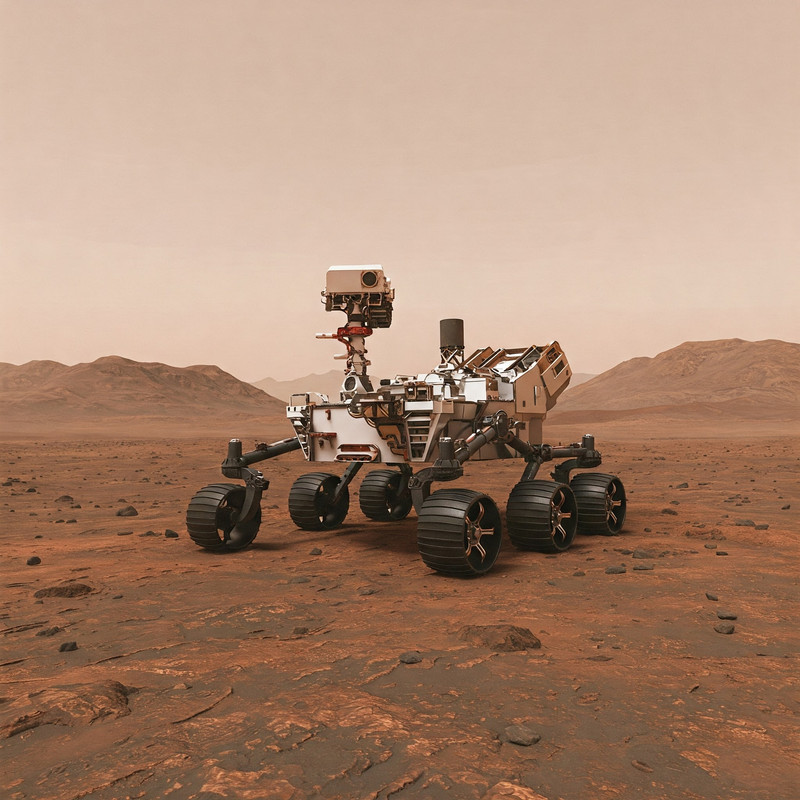
Is Terraforming Worth the Immense Cost?
The undertaking of terraforming Mars would undoubtedly be the most expensive and ambitious project in human history. Estimates range into trillions of dollars, and the timeline for significant transformation would span decades, centuries, or even millennia. However, the potential long-term benefits are seen by proponents as immeasurable:
- Species Survival: A true "Plan B" for humanity in the face of existential threats on Earth.
- Resource Expansion: Access to new resources for sustainable living and technological advancement.
- Scientific Breakthroughs: Driving unprecedented innovation in climate science, planetary engineering, and life support systems.
- Inspiration and Unity: A monumental goal that could unite humanity and inspire future generations.
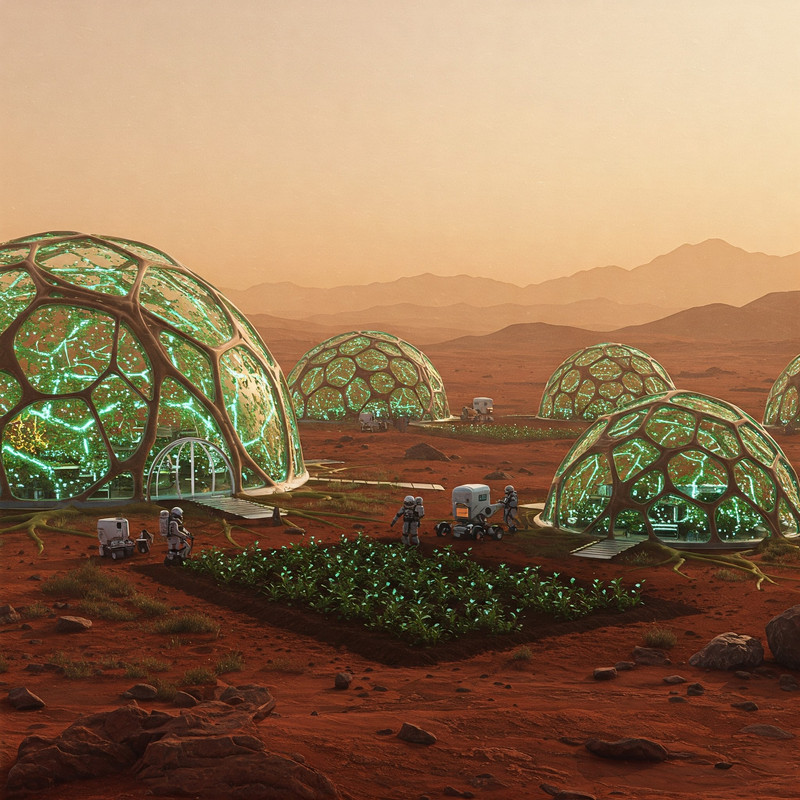
Conclusion: A Vision for a Multi-Planetary Future
Terraforming Mars is far more than a fantastical concept; it represents a profound intersection of scientific aspiration, technological innovation, and humanity's innate drive for survival and expansion. While the challenges are monumental—from overcoming radiation and extreme temperatures to mastering planetary-scale engineering and dealing with the immense costs—the pursuit of a habitable Mars pushes the boundaries of what we deem possible. It compels us to develop cutting-edge solutions that could have profound benefits for our understanding of Earth's climate and our ability to sustain life in extreme environments. The vision of a verdant Red Planet, teeming with life, stands as a powerful testament to humanity's potential to shape its own destiny and become a truly multi-planetary species.
Related Posts:
- The Moon as Earth’s Backup: Why Lunar Colonization Is Back in the Spotlight
- AI Weather Control: Can We Stop Hurricanes and Droughts?
- The Future of Nuclear Fusion: Unlimited Clean Energy?
- Powering Earth from the Stars: Space-Based Solar Energy
- AI in Space Exploration: How Artificial Intelligence is Powering Interstellar Missions
Follow and Connect with Science by Rao:
Stay updated by clicking the follow button on the sidebar!
Privacy Policy | Disclaimer | About the Author
Comments
Post a Comment